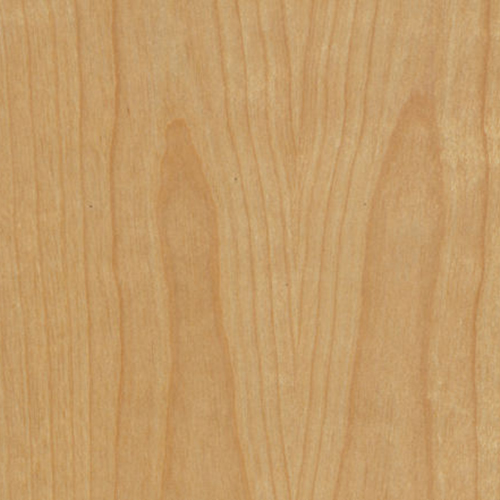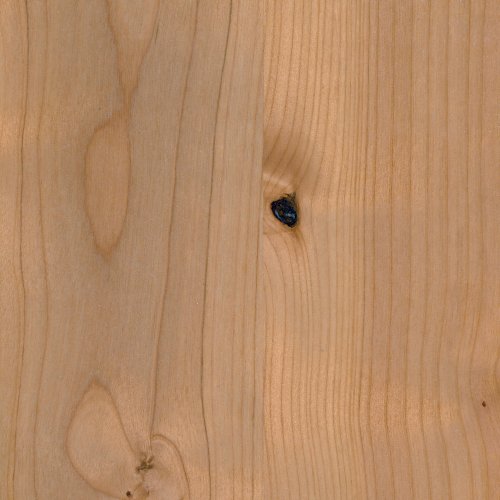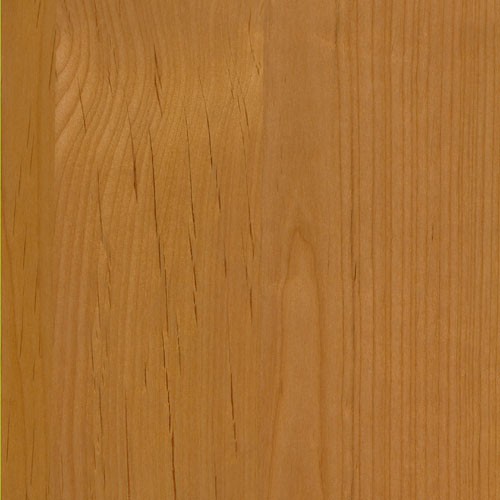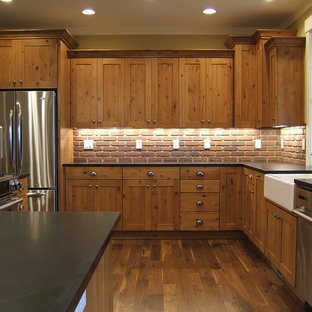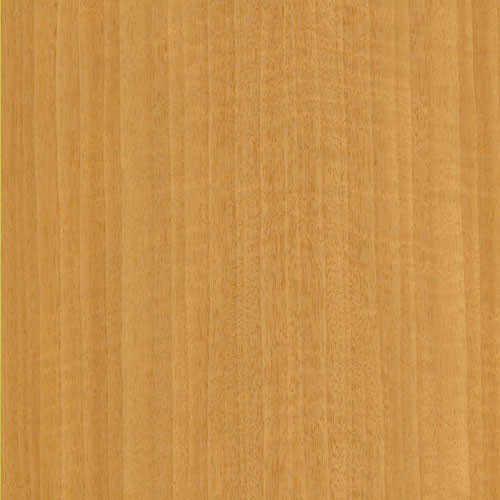Red Alder (Western)
[Alnus rubra]
The most common hardwood in the Pacific Northwest, the Red Alder is also the region’s most important species. Both now and in the past.
Historically, native people in the area used Red Alder for woodworking, making everything from dishes, spoons, and platters to masks and fishnets. Its bark was used for medicinal purposes due to its antibiotic and aspirin-like properties. And its wood was – and still is –considered the best for smoking salmon.
Today, “Western Alder” or “Oregon Alder” as its also known, is a pioneer species that commonly invades newly bared soils after landslides, logging, or fire. It grows fast, quickly improving soils and making sites more amenable for longer-living conifers. For ecological restoration, Red Alder is the first choice.
Color wise, Red Alder ranges from pinkish-brown to an almost white color, with no visible distinction between the heartwood and sapwood. While its grain is generally straight with moderately fine, uniform texture, the wood of Red Alder is prone to character-building defects like pin knots and open knots.
While its clean, pleasing appearance makes Red Alder a popular choice for veneer, architectural plywood, furniture, cabinetry, and musical instruments, its abundance also makes it useful for pallets, paper, and pulp wood.
Species Distribution:
Pacific Northwest
Washington
Oregon
California
Alaska
British Columbia
Common / Alternative Names:
Western Alder
Western Red Alder
Oregon Alder
Pacific Coast Alder
Janka Hardness:
589 lbf
Sustainability Status:
CITES Appendices: Not listed
IUCN Red List of Threatened Species: Listed as a species of least concern.
Related Species:
Andean Alder (Alnus acuminata)
European Alder (Alnus glutinosa)
Grey Alder (Alnus incana)
Aliso del Cerro (Alnus jorullensis)
Nepalese Alder (Aluns nepalensis)


